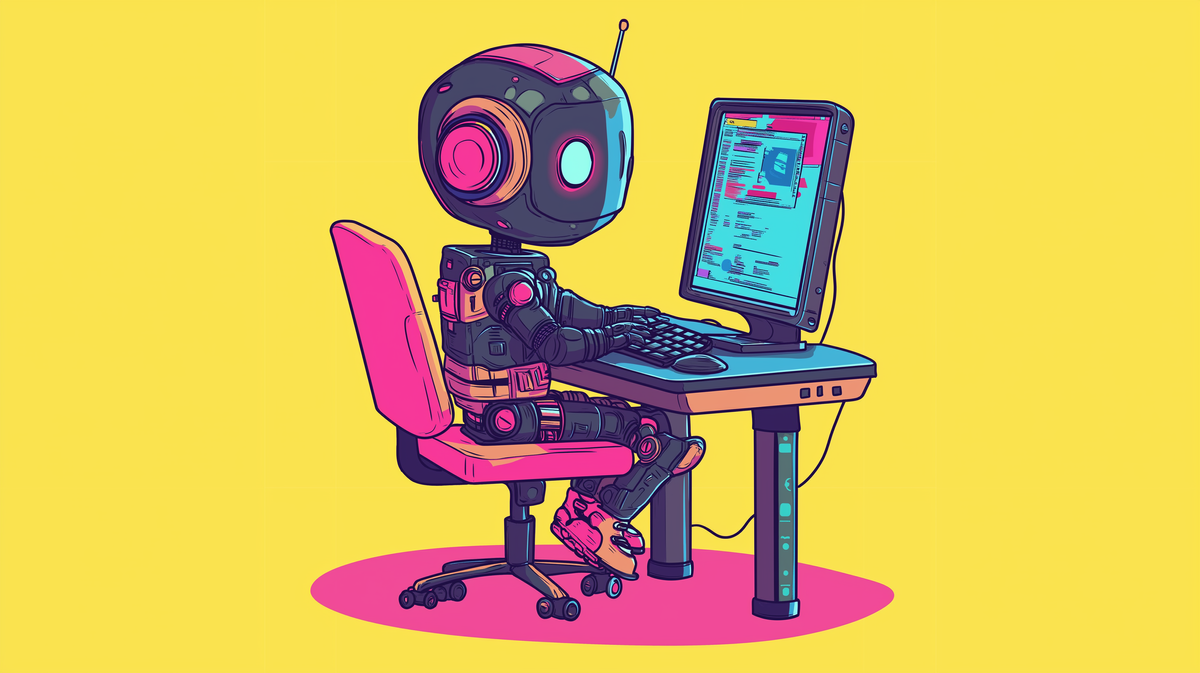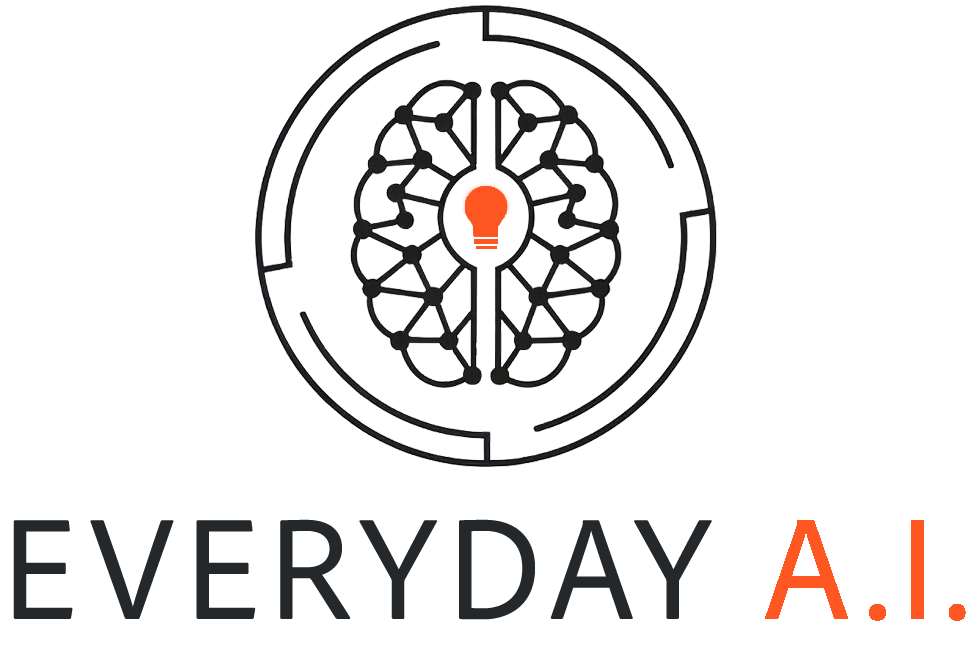The Dawn of AI-Controlled Computing: Anthropic's Claude 3.5 Models Break New Ground
The standout feature of Anthropic's new models is their ability to interact with and control a computer, a capability unmatched by other AI providers.

In a groundbreaking development, Anthropic has unveiled its latest AI models, Claude 3.5 Sonet and Claude 3.5 ha coup, ushering in a new era of AI-controlled computing. These cutting-edge models not only outperform their predecessors but also introduce a revolutionary feature: the ability to control a computer directly. This innovation sets Anthropic apart in the AI landscape and hints at a future where traditional computer interfaces may become obsolete.
Pioneering Computer Control
The standout feature of Anthropic's new models is their ability to interact with and control a computer, a capability unmatched by other AI providers. This experimental tool allows Claude to execute cursor movements and clicks, effectively operating a computer like a human user. The implications of this development are far-reaching, potentially transforming how we interact with technology in the future.
As one expert noted, "It's insane, no other model provider is offering this right now." This sentiment underscores the significance of Anthropic's achievement in the AI field.
Enhanced Performance Across the Board
Beyond computer control, Claude 3.5 Sonet demonstrates remarkable improvements in various benchmarks, particularly in coding and logical reasoning. These advancements suggest that AI is becoming increasingly adept at handling complex tasks that were once the exclusive domain of human programmers and problem-solvers.
Redefining Human-Computer Interaction
The introduction of these models points to a future where AI might replace traditional computer interfaces entirely. As Anthropic suggests, "The interface of the computer seems like it's just going to melt away over time." This vision implies a shift towards more intuitive, conversational interactions with technology, where users can simply communicate their needs to an AI assistant.
Practical Applications and Future Potential
The ability of AI to manage real-world tasks through direct computer interaction opens up a world of possibilities for businesses. From automating repetitive processes to providing advanced coding support, these models have the potential to significantly reduce manual work and increase productivity across various industries.
Looking ahead, we might see AI-designed operating systems and more seamless integration of AI assistants into our daily digital lives. The end goal, as hinted by Anthropic, is to develop an AI capable of performing a myriad of tasks through personal account integration, further blurring the lines between human and artificial intelligence.
Challenges and Considerations
While the advancements are impressive, they also raise important questions about security, accuracy, and the role of human oversight. Anthropic recommends using these features in controlled environments and emphasizes the importance of human checks for AI-driven actions that impact the real world.
As we stand on the brink of this new era in computing, it's crucial to consider both the immense potential and the responsible development of these powerful AI tools.
Food for Thought
As we witness this leap in AI capabilities, several questions come to mind:
- How might the integration of AI interaction reshape our daily interactions with technology?
- What new security challenges might arise as AI gains more direct control over computer systems?
- How will the role of human programmers and system administrators evolve in a world of AI-controlled computing?
- What ethical considerations should guide the development and deployment of AI models with such extensive capabilities?
- How might education and workforce training need to adapt to prepare for a future where AI can



